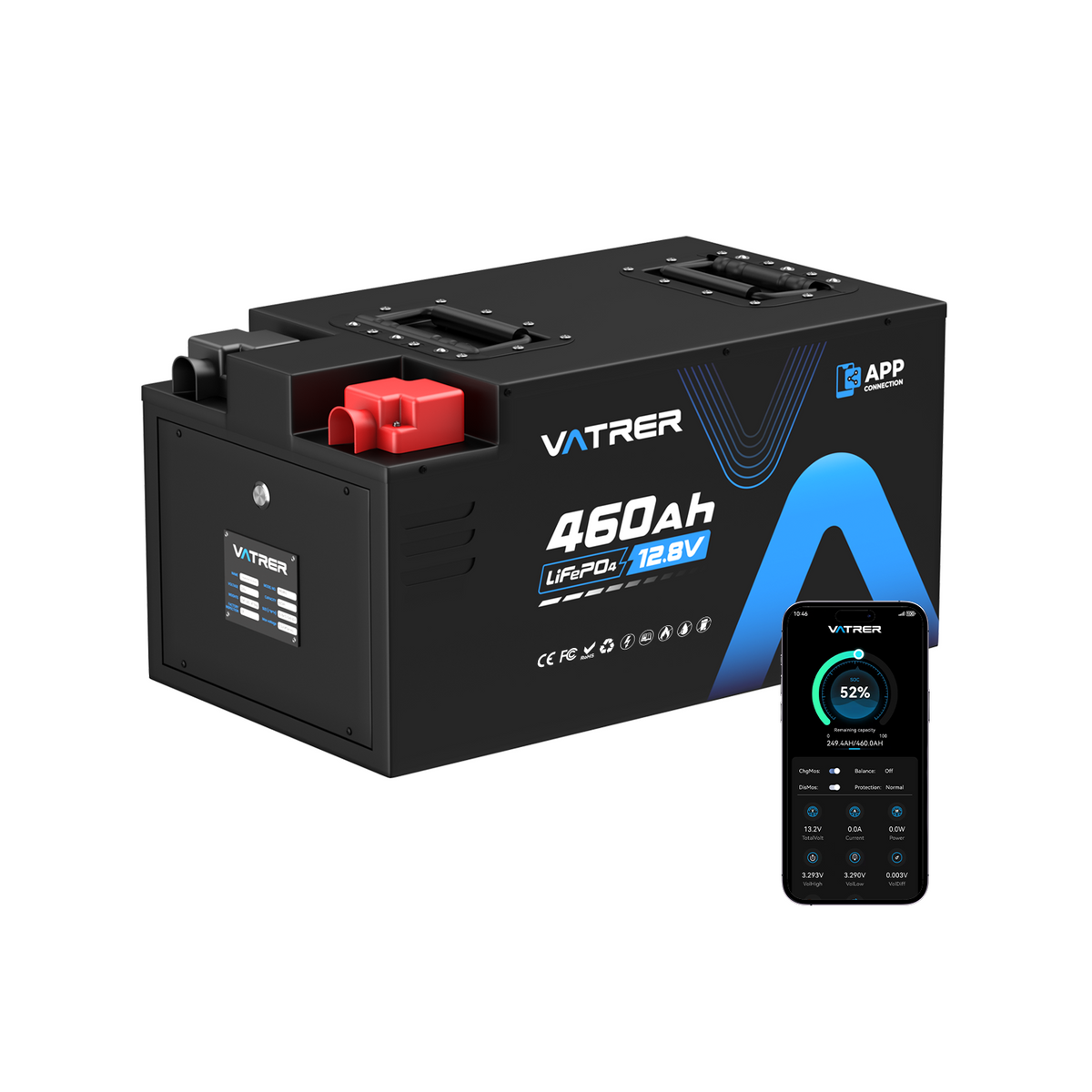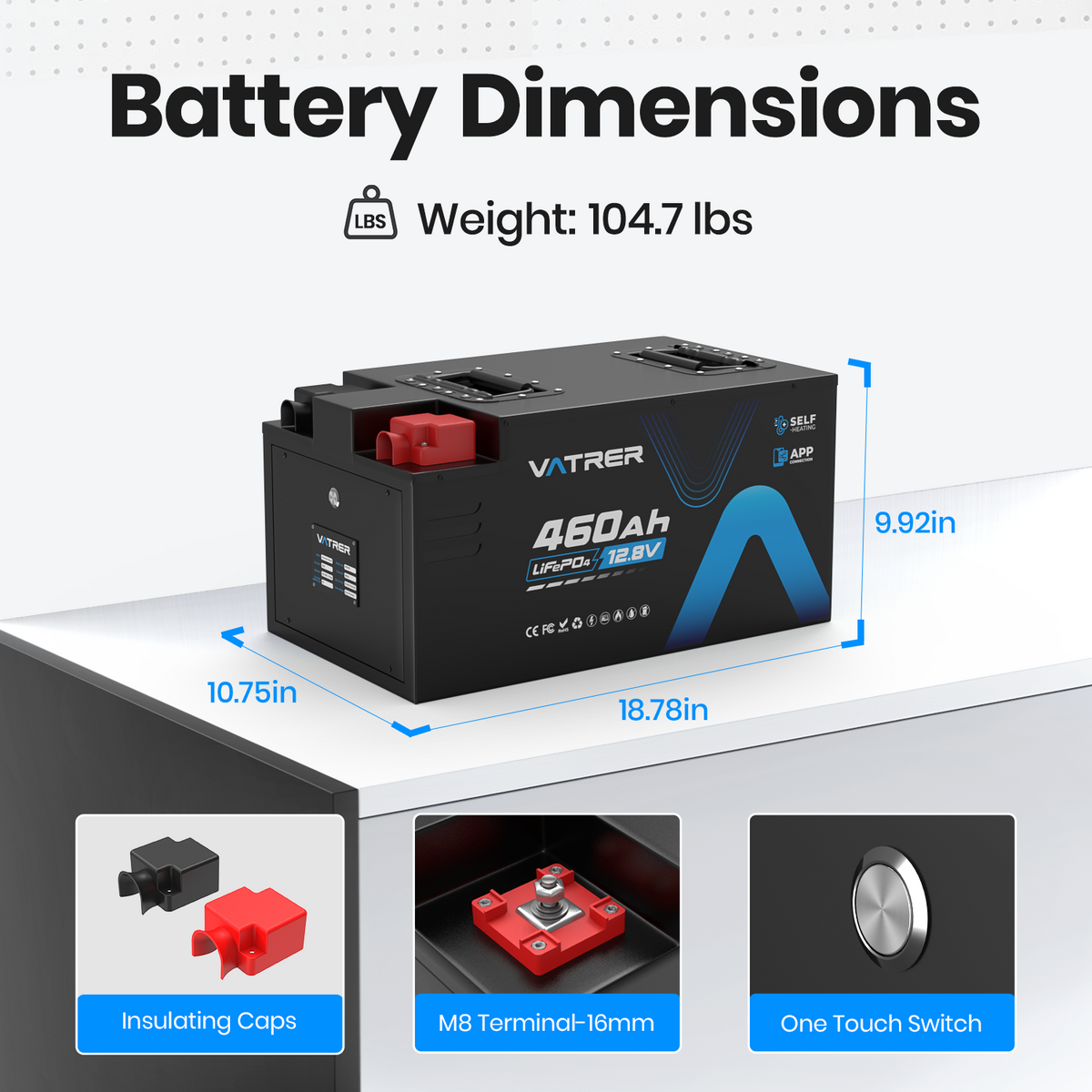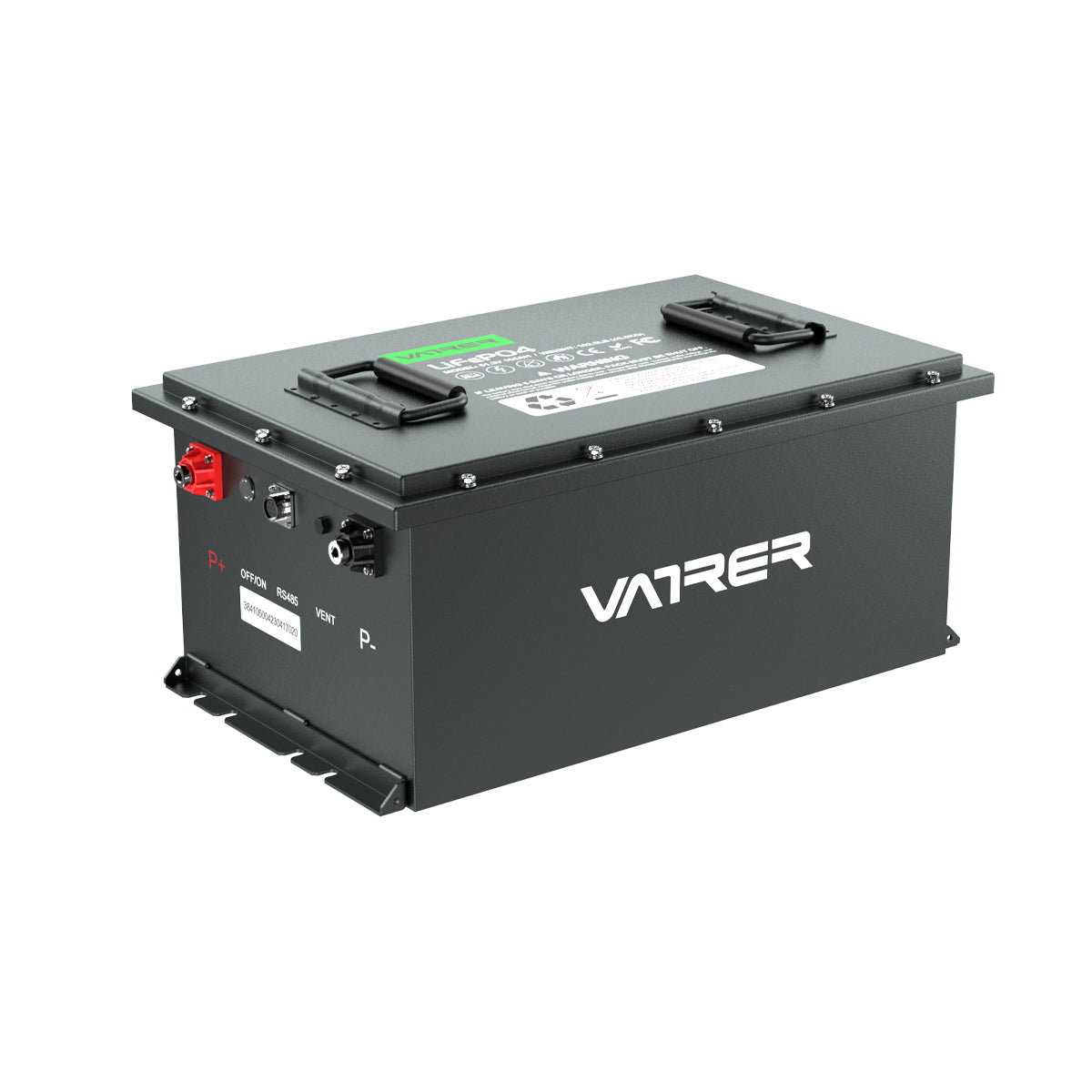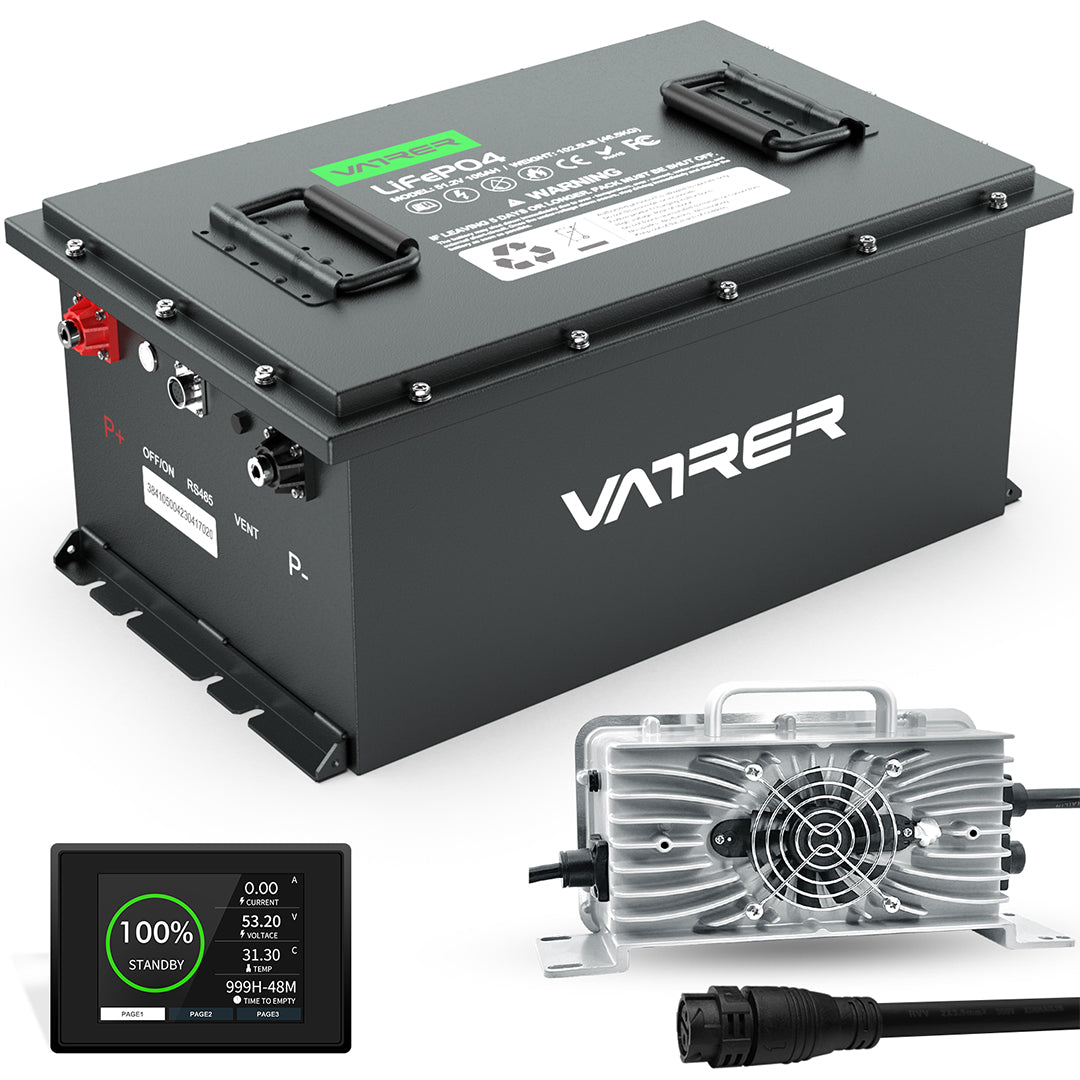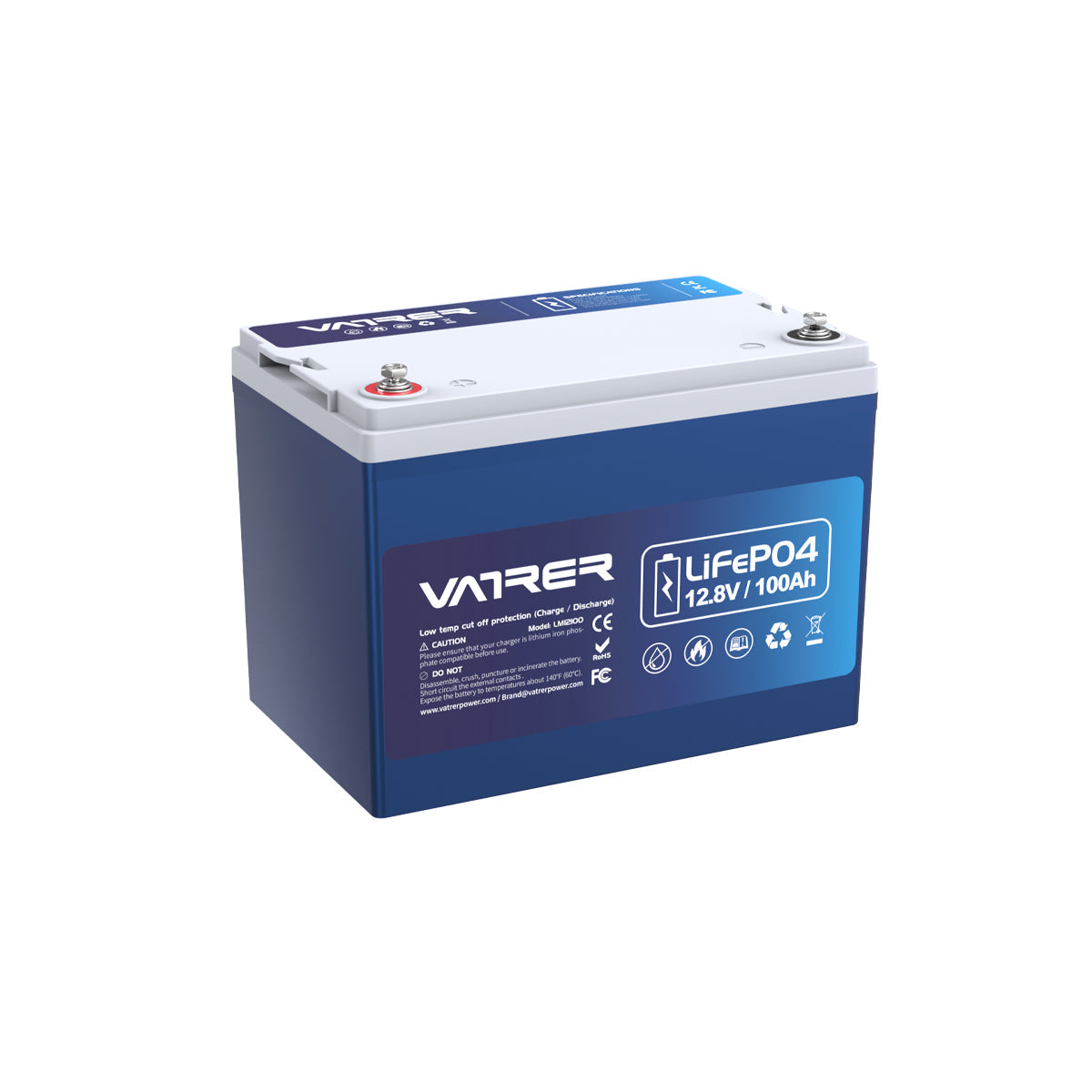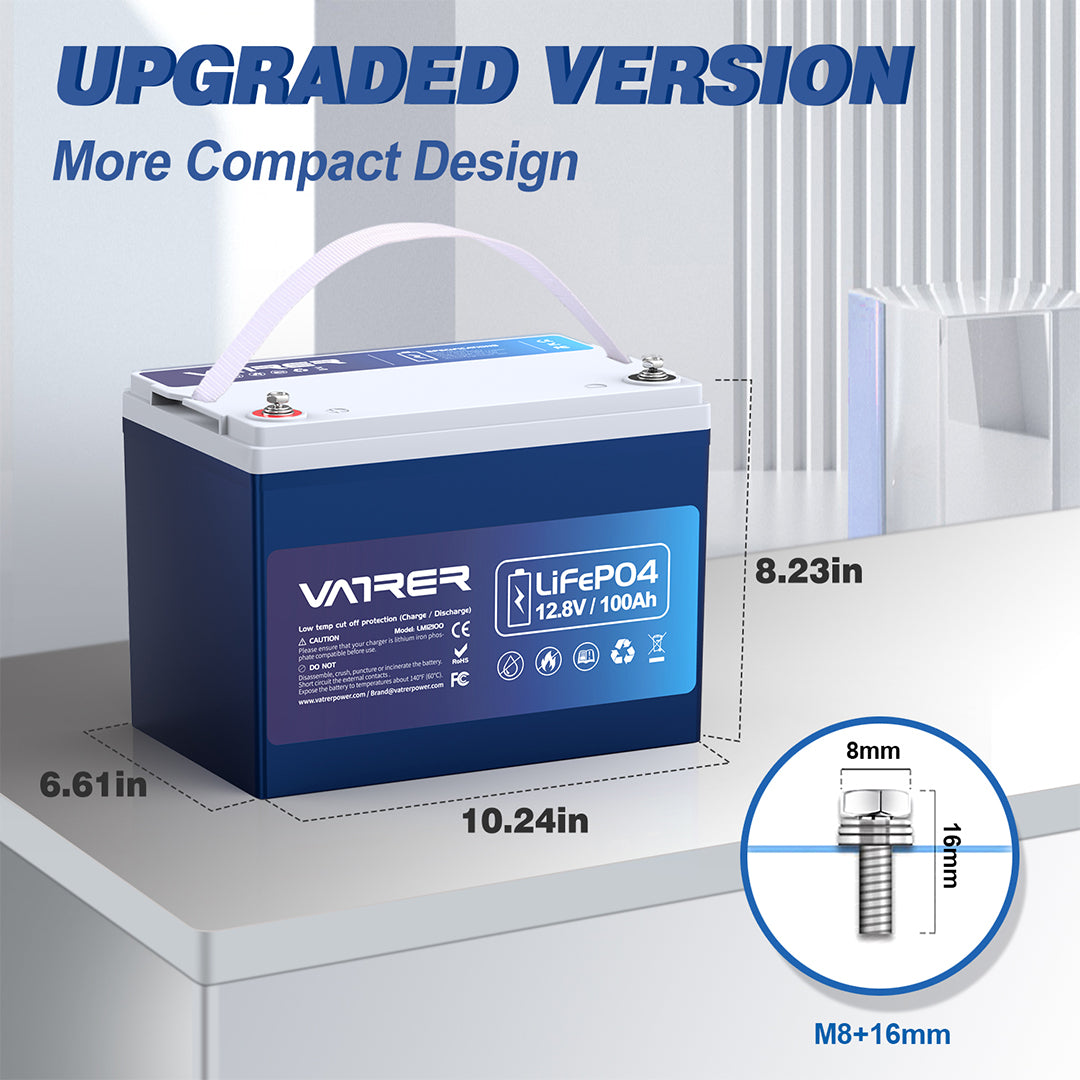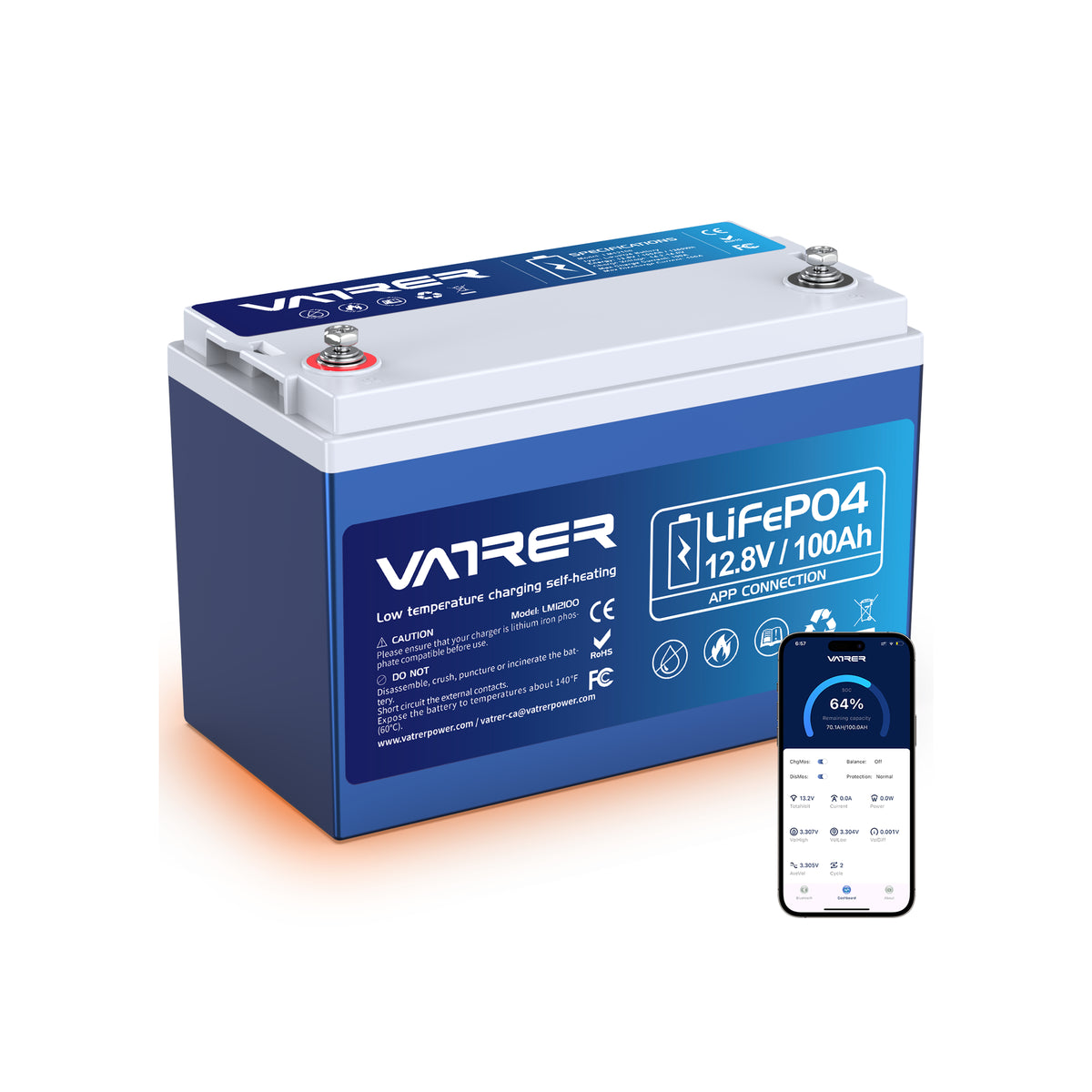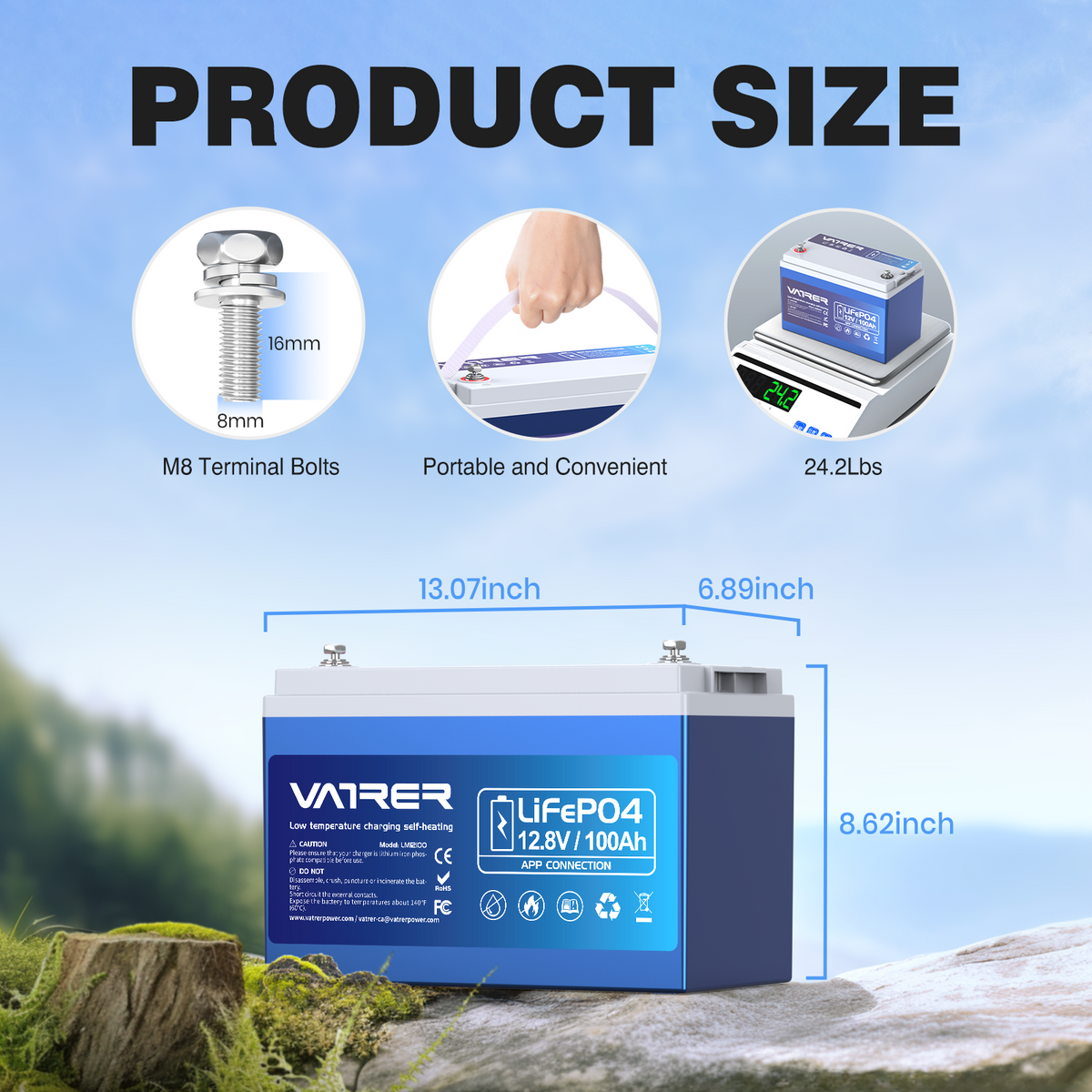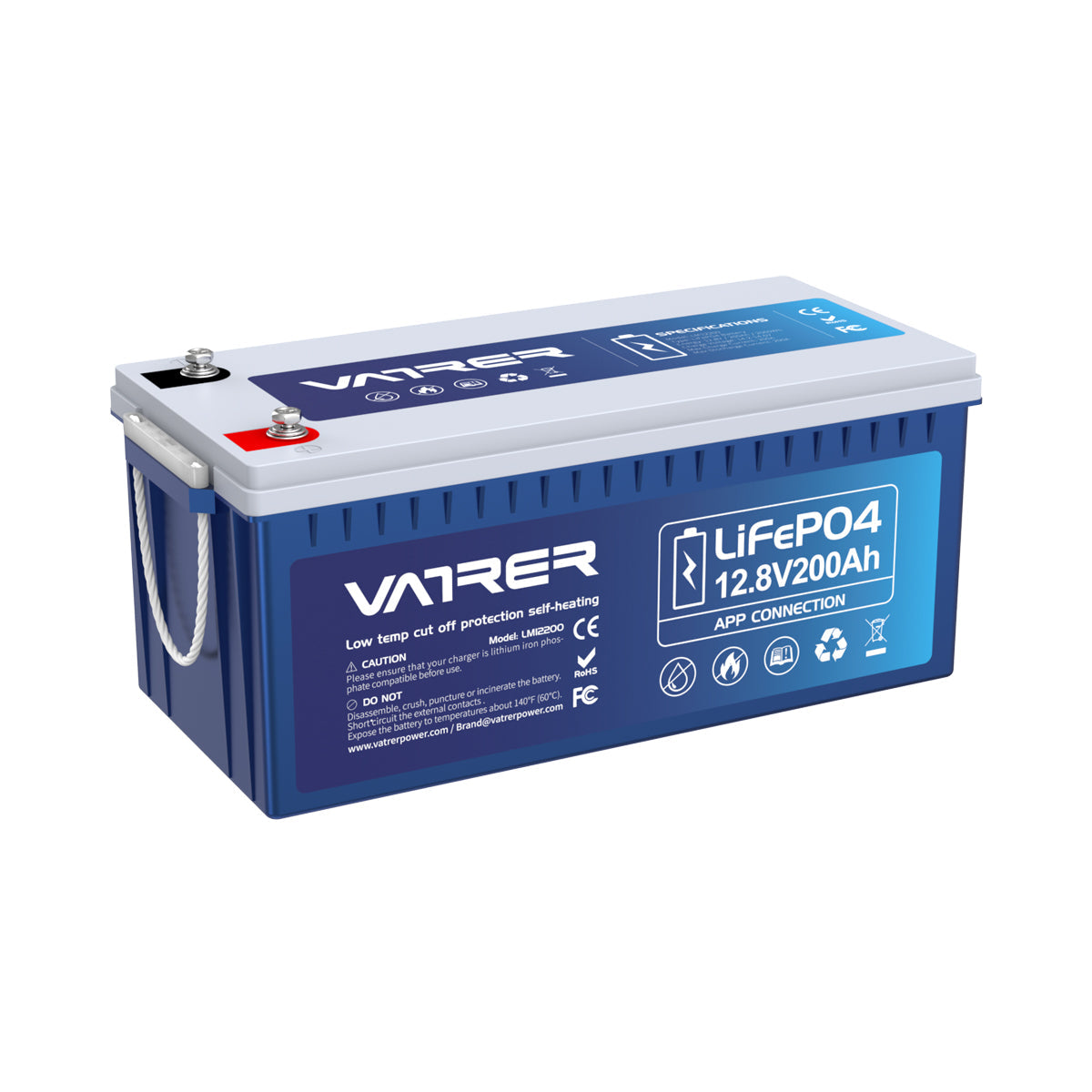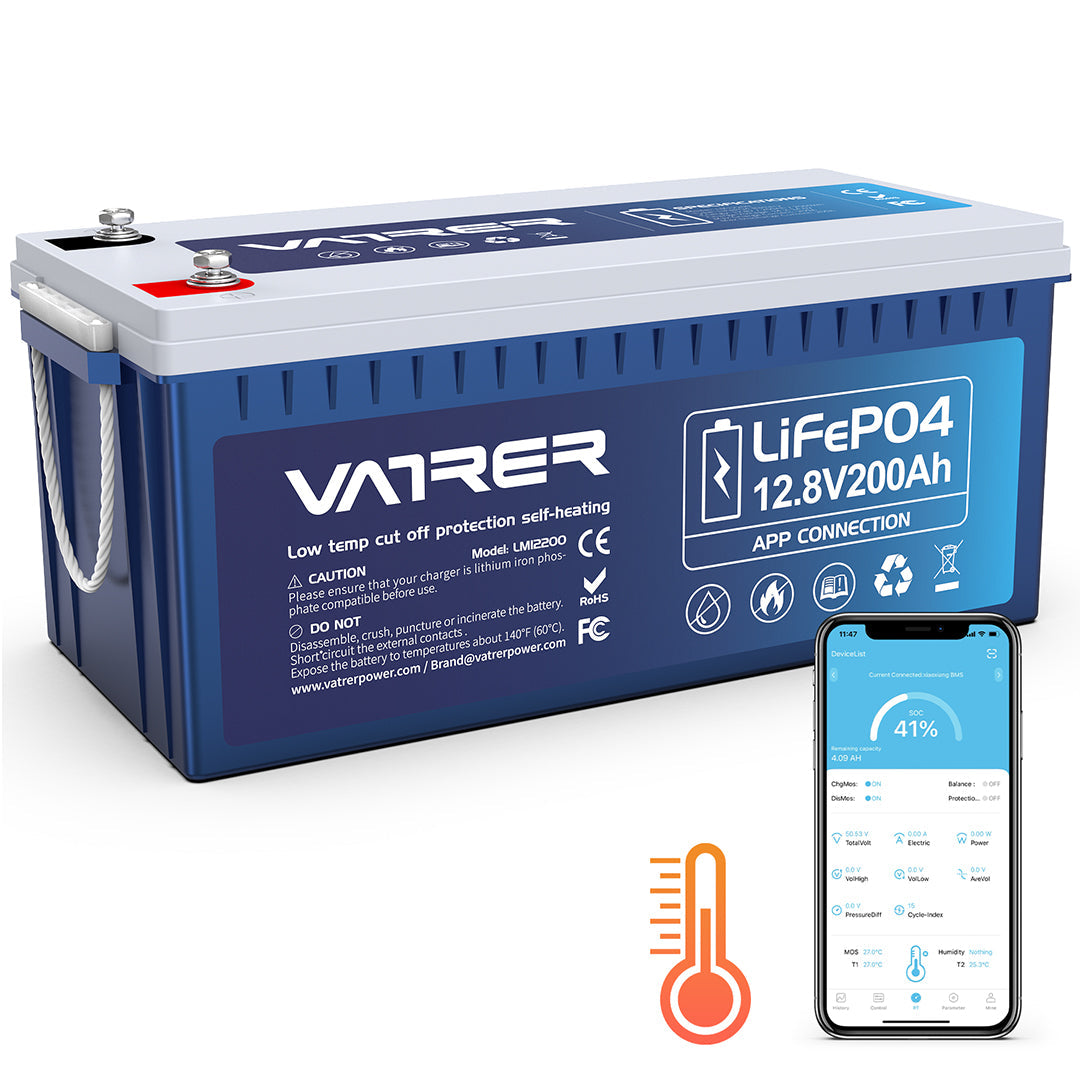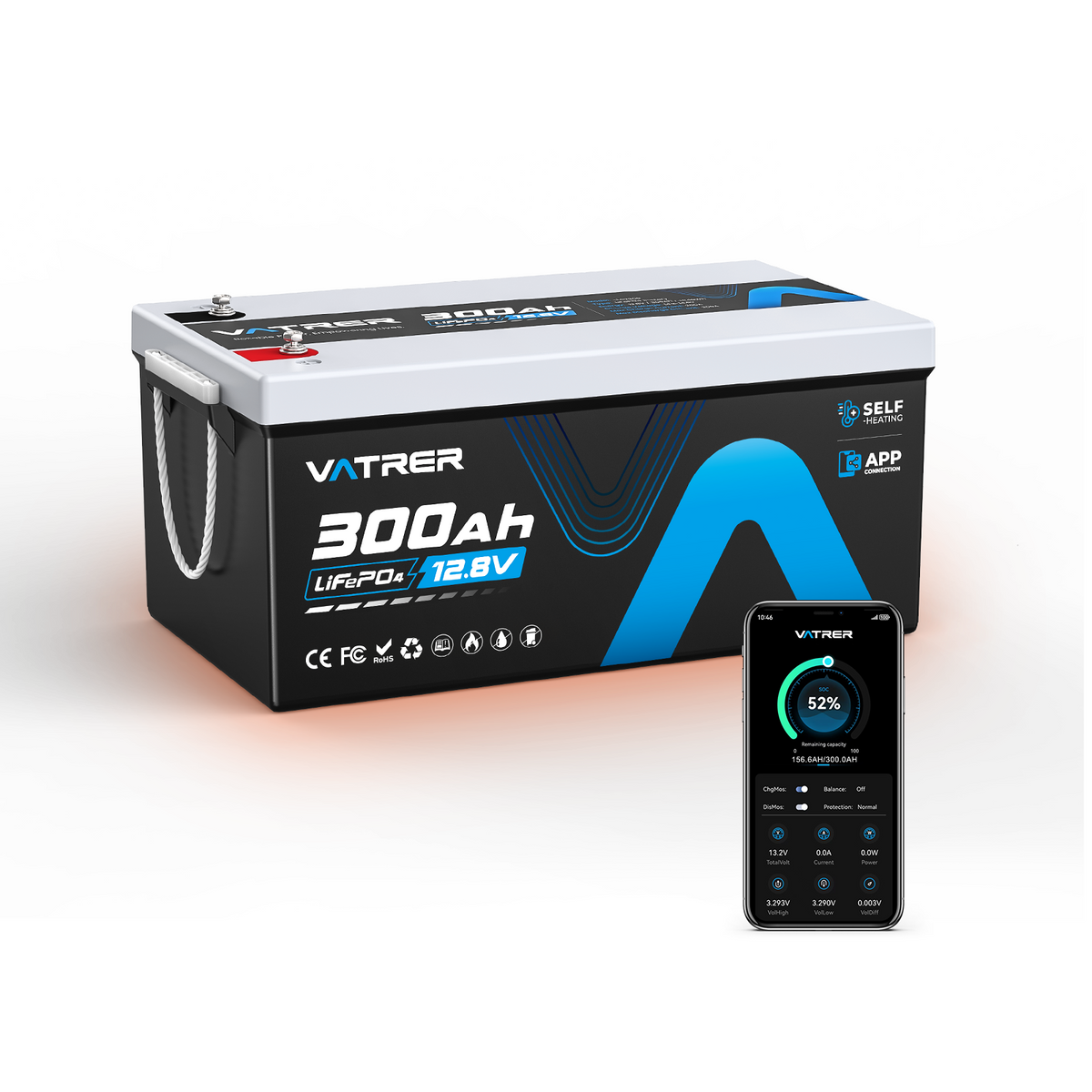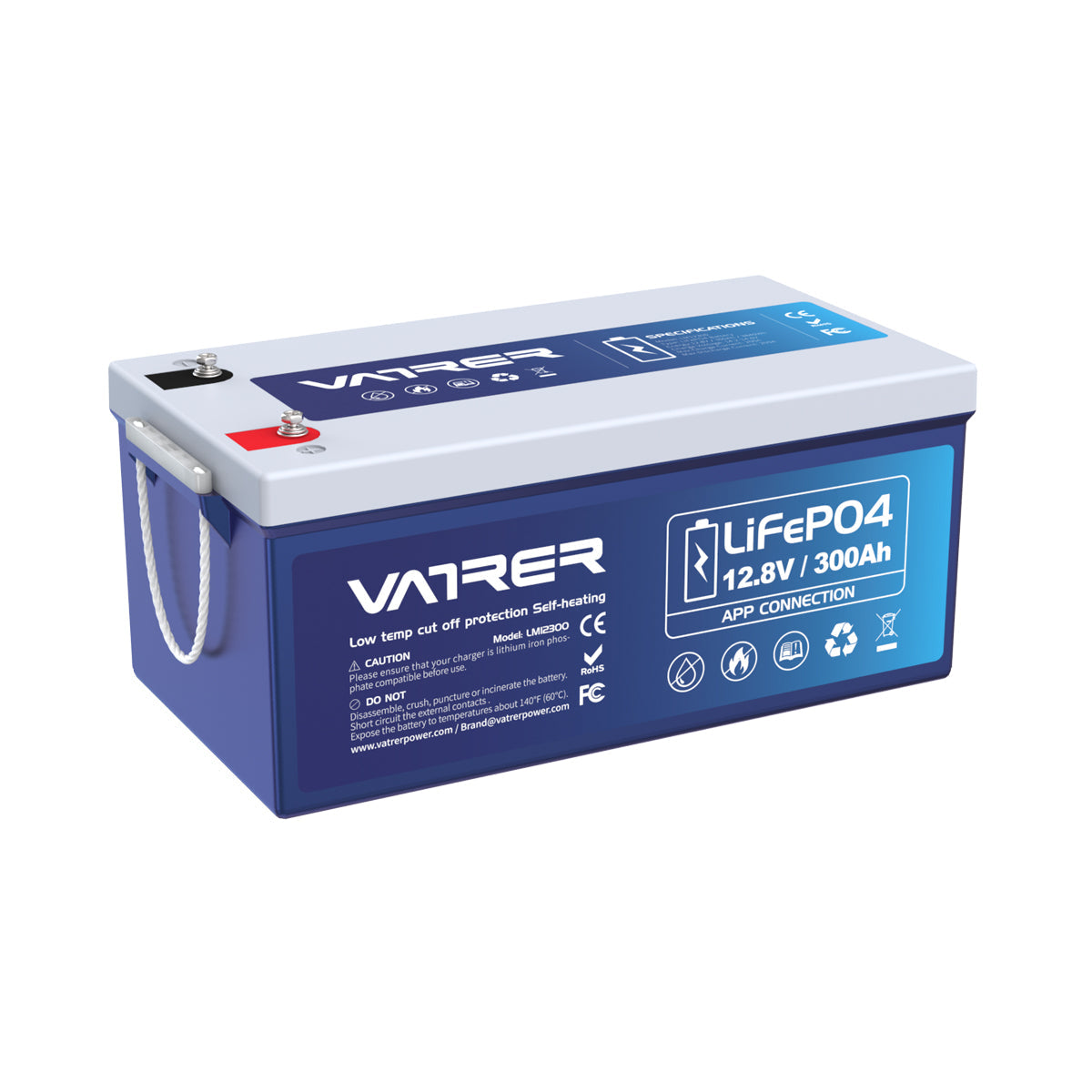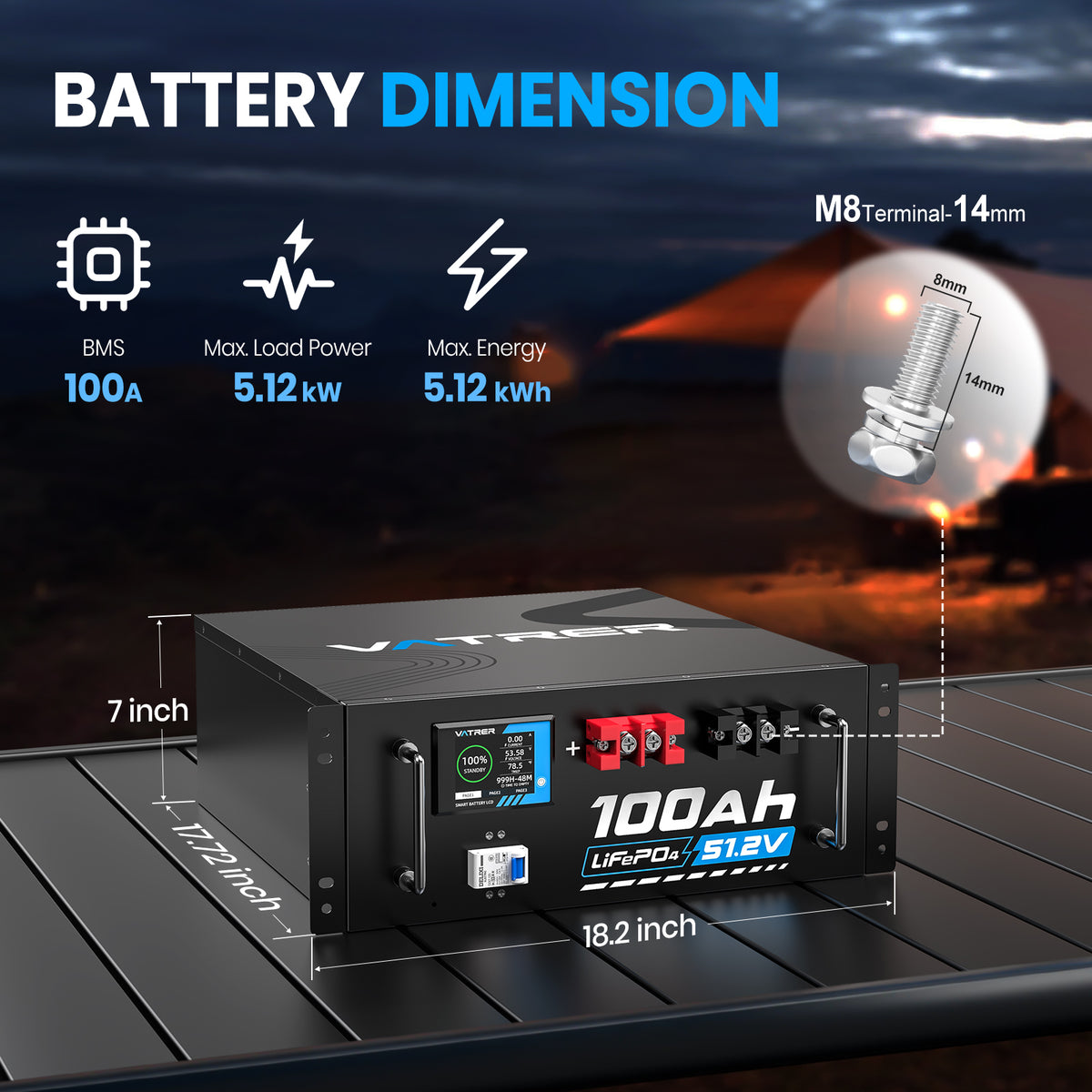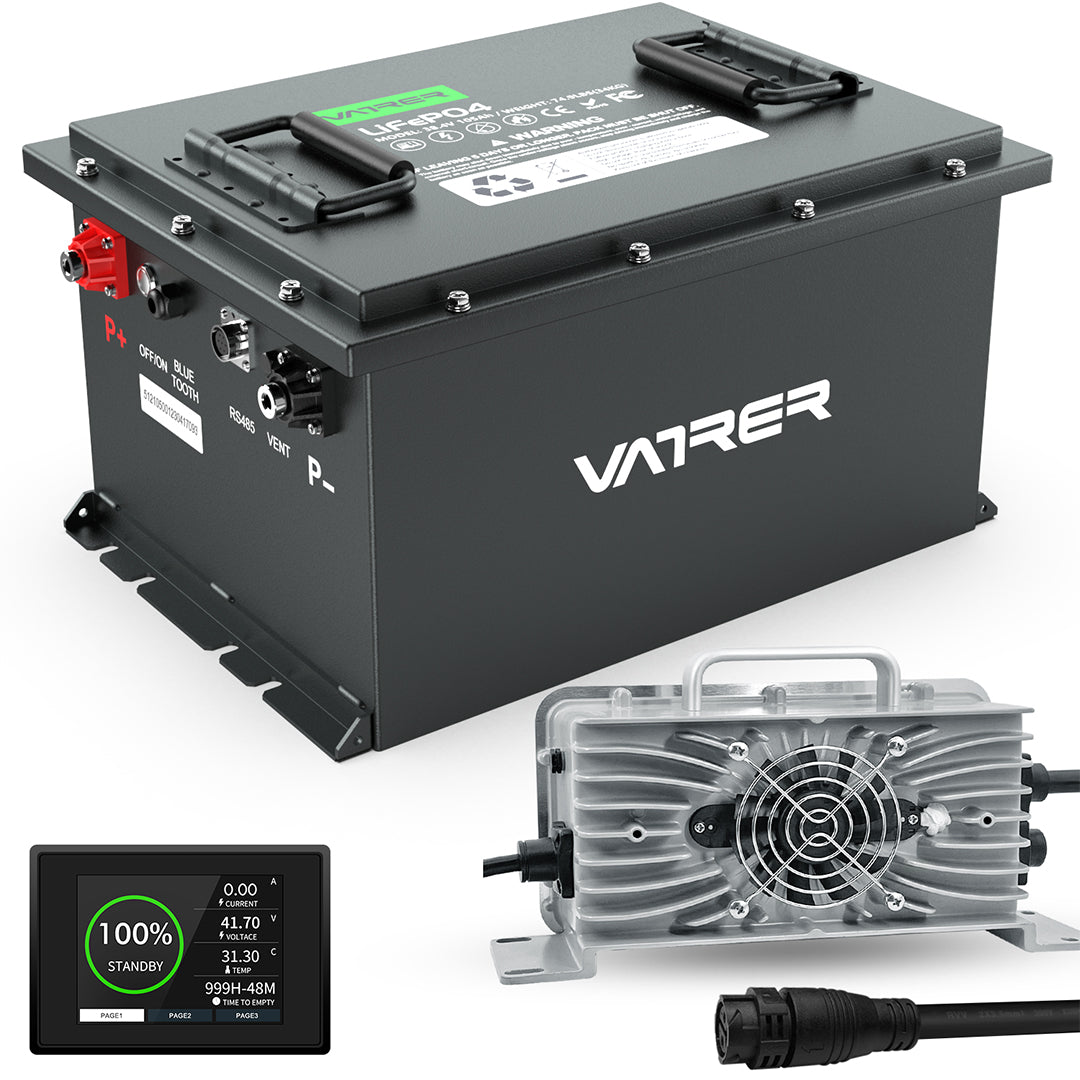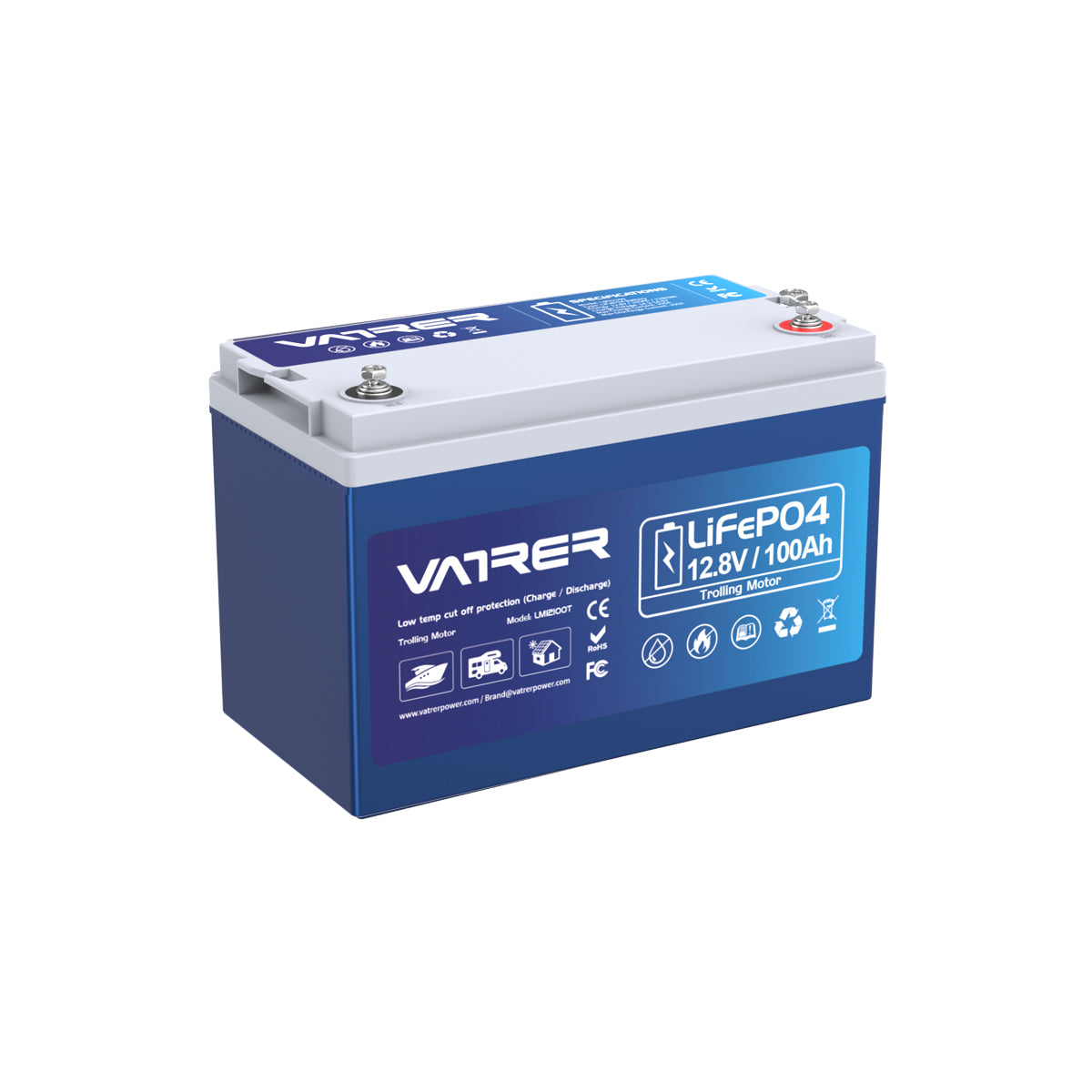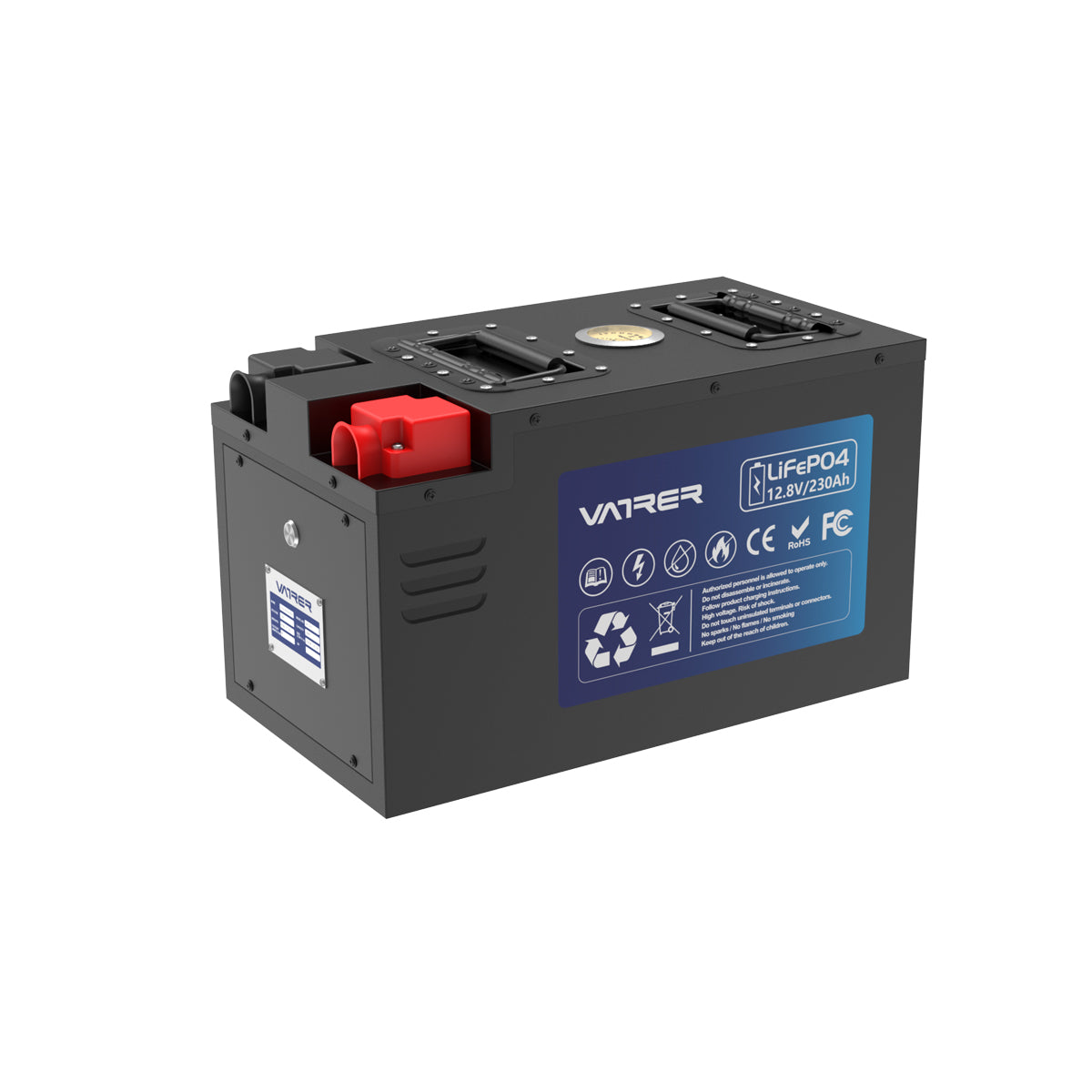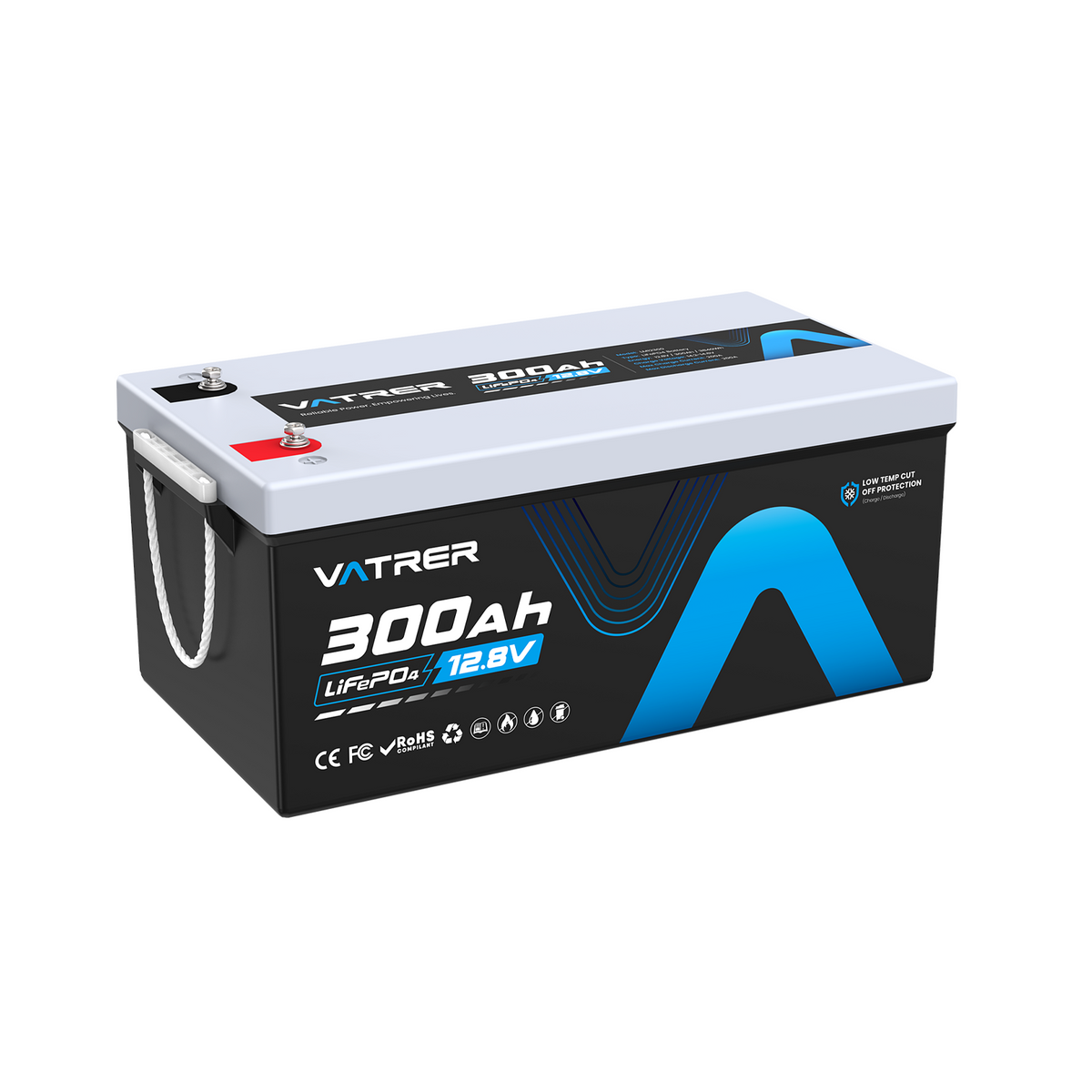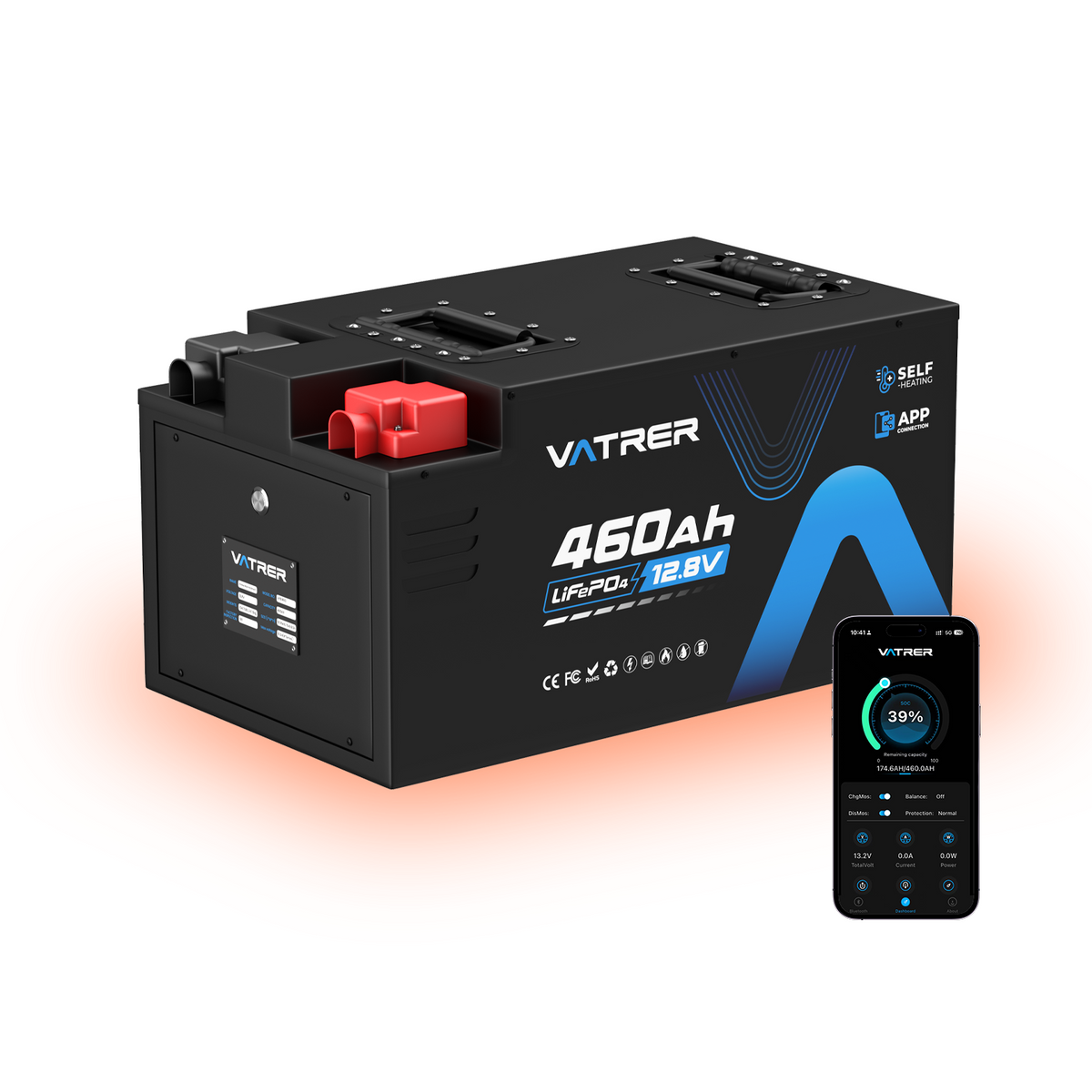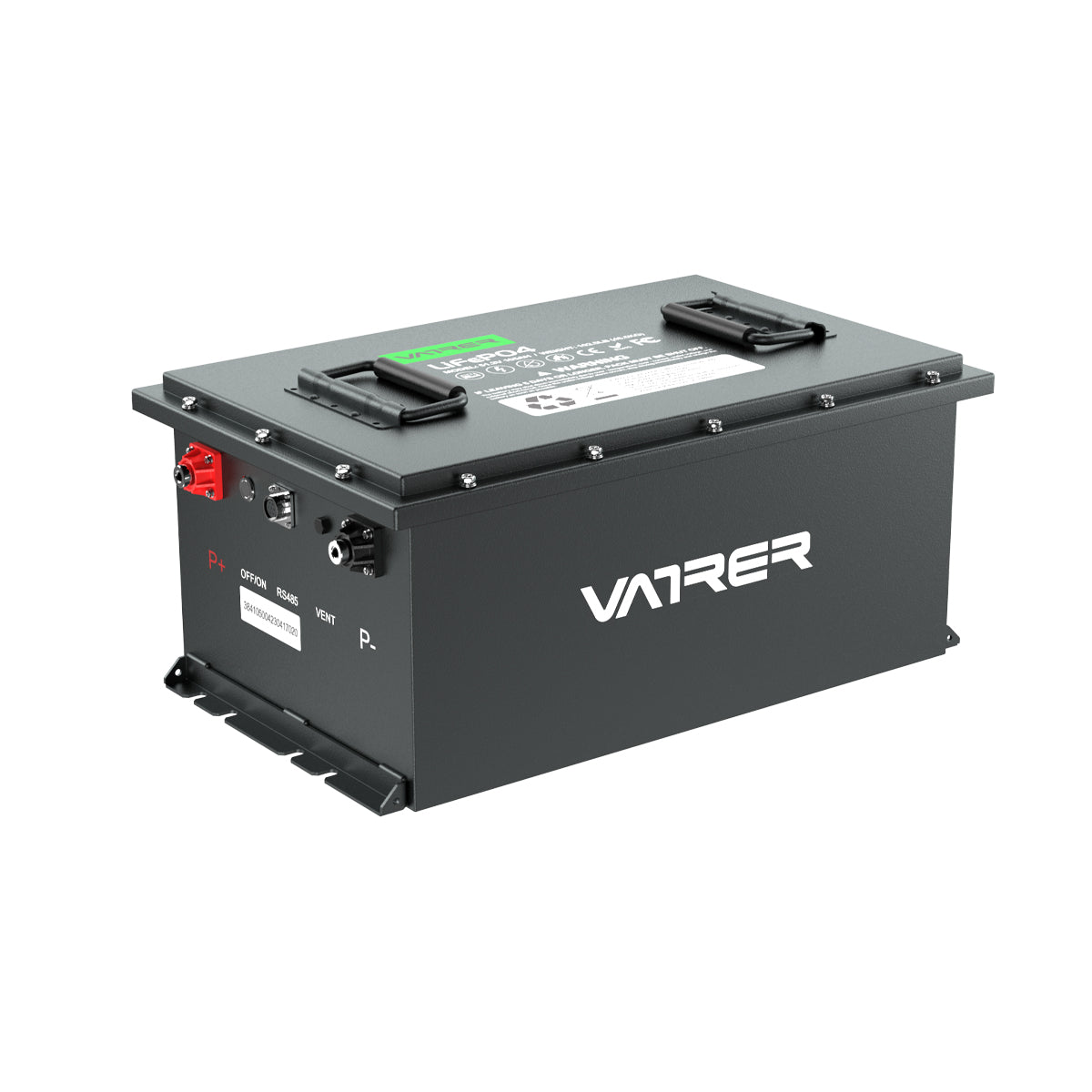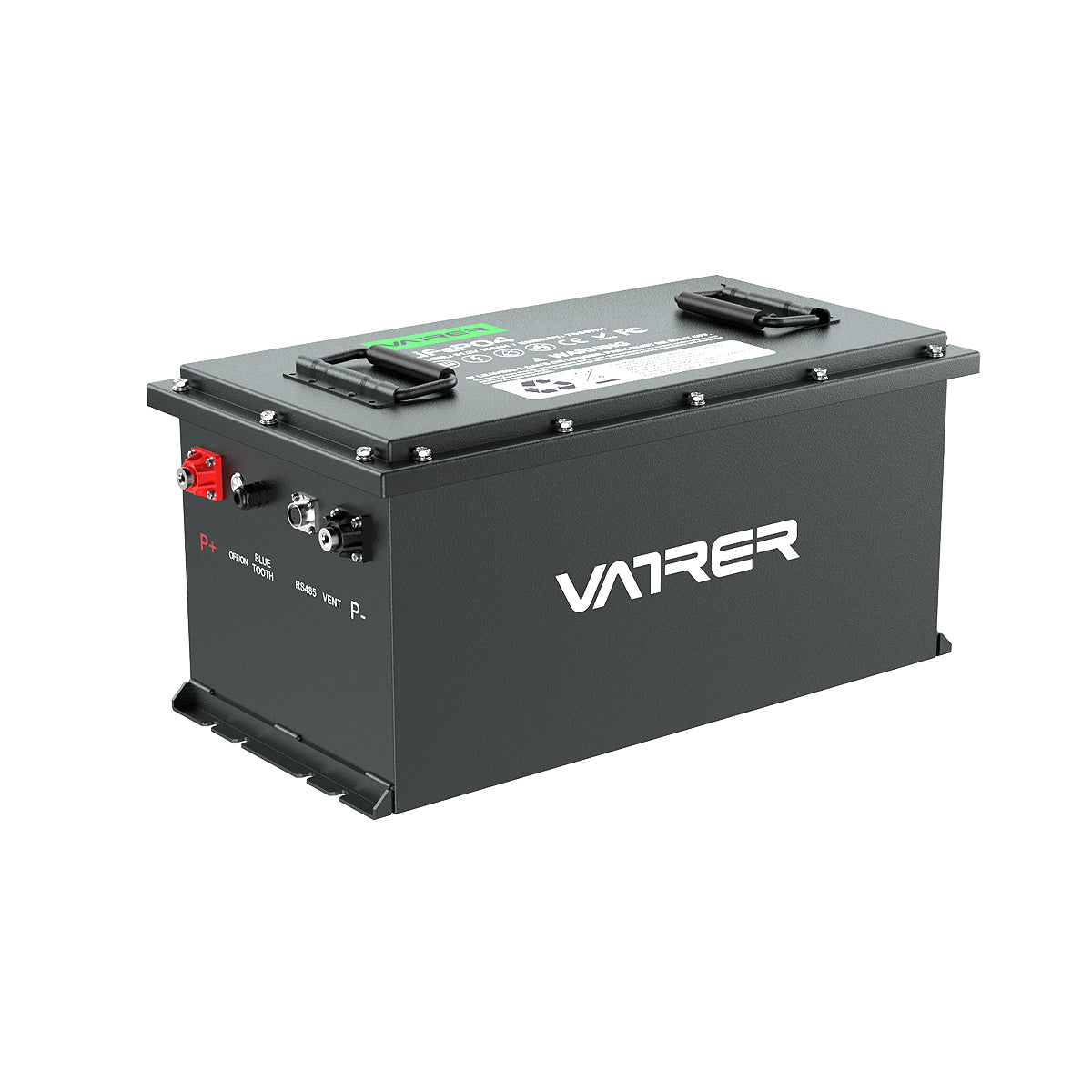Table of Contents
- 1. Introduction
- 2. Types of Golf Cart Batteries
- 3. Factors Affecting Battery Discharge
- Temperature and Climate Conditions
- Battery Age and Condition
- Frequency of Use and Maintenance Practices
- 4. How Long Can a Golf Cart Sit Without Charging?
- 5. Best Practices for Battery Maintenance
- Regular Charging and Maintenance Tips
- Importance of Keeping Batteries Clean and Checking Water Levels
- 6. Consequences of Leaving a Golf Cart Uncharged
- 7. Recommendations for Long-term Storage
- Preparing the Golf Cart for Extended Periods of Inactivity
- Use of Battery Maintainers or Smart Chargers
- 8. Conclusion
1. Introduction
Golf carts have become an essential mode of transportation not only on golf courses but also in residential communities, resorts, and other recreational areas. The efficiency and reliability of these vehicles largely depend on the condition and maintenance of their batteries. Proper battery maintenance is crucial to ensure the longevity and performance of golf carts. This paper explores the various aspects of golf cart battery maintenance, focusing on how long a golf cart can sit without charging. We will delve into the types of batteries used, factors affecting battery discharge, and best practices for maintaining battery health.

2. Types of Golf Cart Batteries
Lead-acid Batteries
Lead-acid batteries are the most traditional and widely used type of battery in golf carts. They are favored for their affordability and reliability. These batteries consist of lead plates submerged in an electrolyte solution, typically sulfuric acid. While they are cost-effective, lead-acid batteries require regular maintenance, including checking water levels and cleaning terminals to prevent corrosion.
Lithium-ion Batteries
Lithium-ion batteries are gaining popularity in the golf cart industry due to their numerous advantages over lead-acid batteries. They are lighter, have a higher energy density, and require less maintenance. Lithium-ion batteries also offer faster charging times and longer lifespans, making them a cost-effective choice in the long run despite their higher initial cost.

3. Factors Affecting Battery Discharge
Temperature and Climate Conditions
Temperature plays a significant role in battery discharge rates. Batteries tend to discharge faster in extreme temperatures. Cold weather can slow down the chemical reactions within the battery, reducing its efficiency, while high temperatures can increase the rate of self-discharge and potentially damage the battery.
Battery Age and Condition
The age and condition of a battery significantly impact its ability to hold a charge. Older batteries or those that have not been well-maintained may discharge more quickly than newer, well-maintained ones. Regular inspections and maintenance can help mitigate some of the age-related issues.
Frequency of Use and Maintenance Practices
How often a golf cart is used and how well it is maintained can affect battery discharge rates. Frequent use without regular charging can lead to deeper discharges, which can shorten the battery's lifespan. Conversely, regular maintenance and charging can help extend the battery's life.
4. How Long Can a Golf Cart Sit Without Charging?
General Guidelines for Lead-acid Batteries
Lead-acid batteries can typically sit for about 2 to 3 weeks without charging. However, this duration can vary based on the battery's age, condition, and the environmental conditions in which it is stored. It is generally recommended to charge lead-acid batteries every 2 to 4 weeks to prevent them from fully discharging, which can cause damage and reduce their lifespan.
General Guidelines for Lithium-ion Batteries
Lithium-ion batteries have a lower self-discharge rate compared to lead-acid batteries, allowing them to sit for longer periods without charging. They can generally remain inactive for up to 6 to 12 months without requiring a charge. However, it is still advisable to check the battery's charge level periodically and recharge it if necessary to maintain optimal performance.
5. Best Practices for Battery Maintenance
Regular Charging and Maintenance Tips
To ensure the longevity of golf cart batteries, it is essential to charge them regularly, ideally after each use. Avoid letting the batteries sit discharged for extended periods, as this can lead to sulfation in lead-acid batteries and reduce capacity. Using a charger that matches the battery's specifications is crucial to prevent overcharging or undercharging.
Importance of Keeping Batteries Clean and Checking Water Levels
For lead-acid batteries, maintaining proper water levels is vital. The electrolyte solution should cover the lead plates, and distilled water should be used to top up the levels when necessary. Keeping the battery terminals clean and free from corrosion can also help maintain efficient power delivery.
6. Consequences of Leaving a Golf Cart Uncharged
Potential Damage to Batteries
Leaving a golf cart uncharged for extended periods can lead to irreversible damage to the batteries. Lead-acid batteries, in particular, can suffer from sulfation, where lead sulfate crystals form on the plates, reducing the battery's ability to hold a charge. This can significantly shorten the battery's lifespan and affect its performance.
Impact on Battery Lifespan and Performance
Regular charging and maintenance are crucial to preserving the lifespan and performance of golf cart batteries. Neglecting these practices can lead to reduced battery capacity, slower charging times, and decreased overall performance of the golf cart.
7. Recommendations for Long-term Storage
Preparing the Golf Cart for Extended Periods of Inactivity
If a golf cart is to be stored for an extended period, it is advisable to fully charge the batteries and disconnect them to minimize the self-discharge rate. For lead-acid batteries, checking and maintaining proper water levels before storage is essential.
Use of Battery Maintainers or Smart Chargers
Using a battery maintainer or smart charger can help keep the batteries in good condition during long-term storage. These devices provide a low, continuous charge to the batteries, preventing them from discharging too much and ensuring they are ready for use when needed.
8. Conclusion
In conclusion, the duration a golf cart can sit without charging depends on several factors, including the type of battery, its age and condition, and the environmental conditions in which it is stored. Lead-acid batteries can typically sit for 2 to 3 weeks without charging, while lithium-ion batteries can last much longer. Regular maintenance and charging are crucial to preserving battery health and performance. By following best practices for battery maintenance and preparing the golf cart for long-term storage, owners can ensure their vehicles remain reliable and efficient for years to come.





